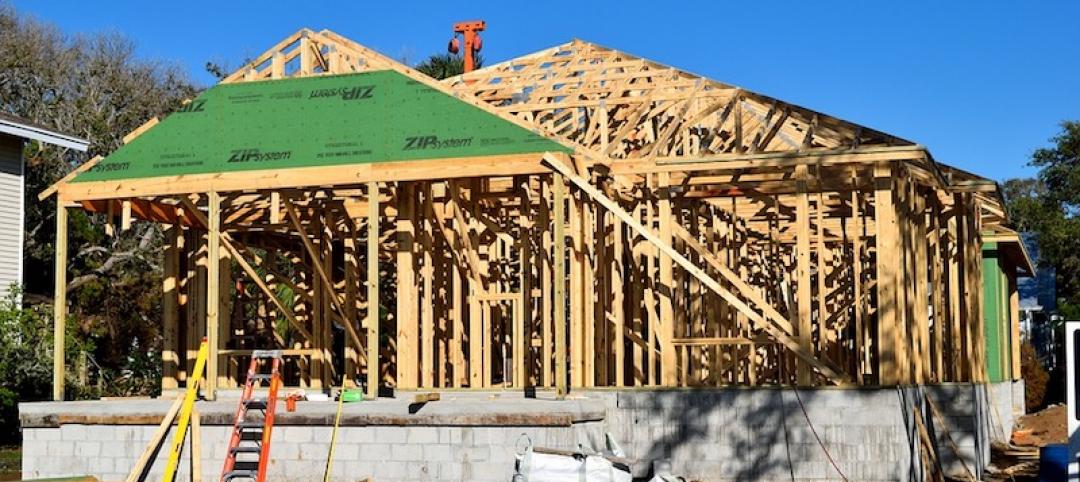A recently released online guide from the American Society of Landscape Architects (ASLA) explains how communities can better protect themselves from natural disasters through resilient landscape planning and design.
The goal of resilient landscape planning and design is to retrofit communities to recover more quickly from extreme events in the near future and over the long term. The guide is organized around disruptive events: drought, extreme heat, fire, flooding, and landslides. Biodiversity loss is also addressed.
The guide includes hundreds of case studies and resources demonstrating large multi-benefit systems as well as small-scale solutions. It explains landscape architects’ role in planning within design teams to make communities more resilient.
“In an age of rising waters and temperatures and diminishing budgets, the best defenses are adaptive, like nature,” according to ASLA. Some solutions help boost quality of life, as well. For example, green infrastructure designed to control flooding also provides community space and creates jobs.
Related Stories
Codes and Standards | Nov 15, 2018
New versions of DOE’s EnergyPlus engine and the OpenStudio software development kit released
New offerings resolve over 70 bugs and offer new features.
Codes and Standards | Nov 14, 2018
Obsolete safety standards may have been used in cleanup of former naval shipyard
San Francisco redevelopment site work may have been racked by fraud.
Codes and Standards | Nov 13, 2018
New York City’s new construction safety requirements are delayed
Some contractors say they weren’t ready for ‘massive initiative’.
Codes and Standards | Nov 9, 2018
Cities have multiple strategies to reduce parking requirements
Each community has to find its own mix of solutions.
Codes and Standards | Nov 8, 2018
Denver replaces green roof mandate with cool roof option
Less costly light-colored roofs can cut project costs by about 1.5%.
Codes and Standards | Nov 7, 2018
New report addresses sound transmission of wood-framed assemblies
AWC document provides empirical sound transmission model.
Codes and Standards | Nov 6, 2018
AIA releases 13 new and updated contract documents
Includes new Contractor-Subcontractor Master Agreement.
Codes and Standards | Nov 2, 2018
New Milwaukee Bucks home called world’s first bird-friendly sports arena
Design will make bird collisions less likely.
Codes and Standards | Nov 1, 2018
Several barriers holding back widespread construction of zero energy buildings
Code improvements and voluntary programs could add momentum.
Codes and Standards | Oct 31, 2018
Boston’s new flood protection plan centers on new parks
Initiative would add 67 acres of public open space.

















